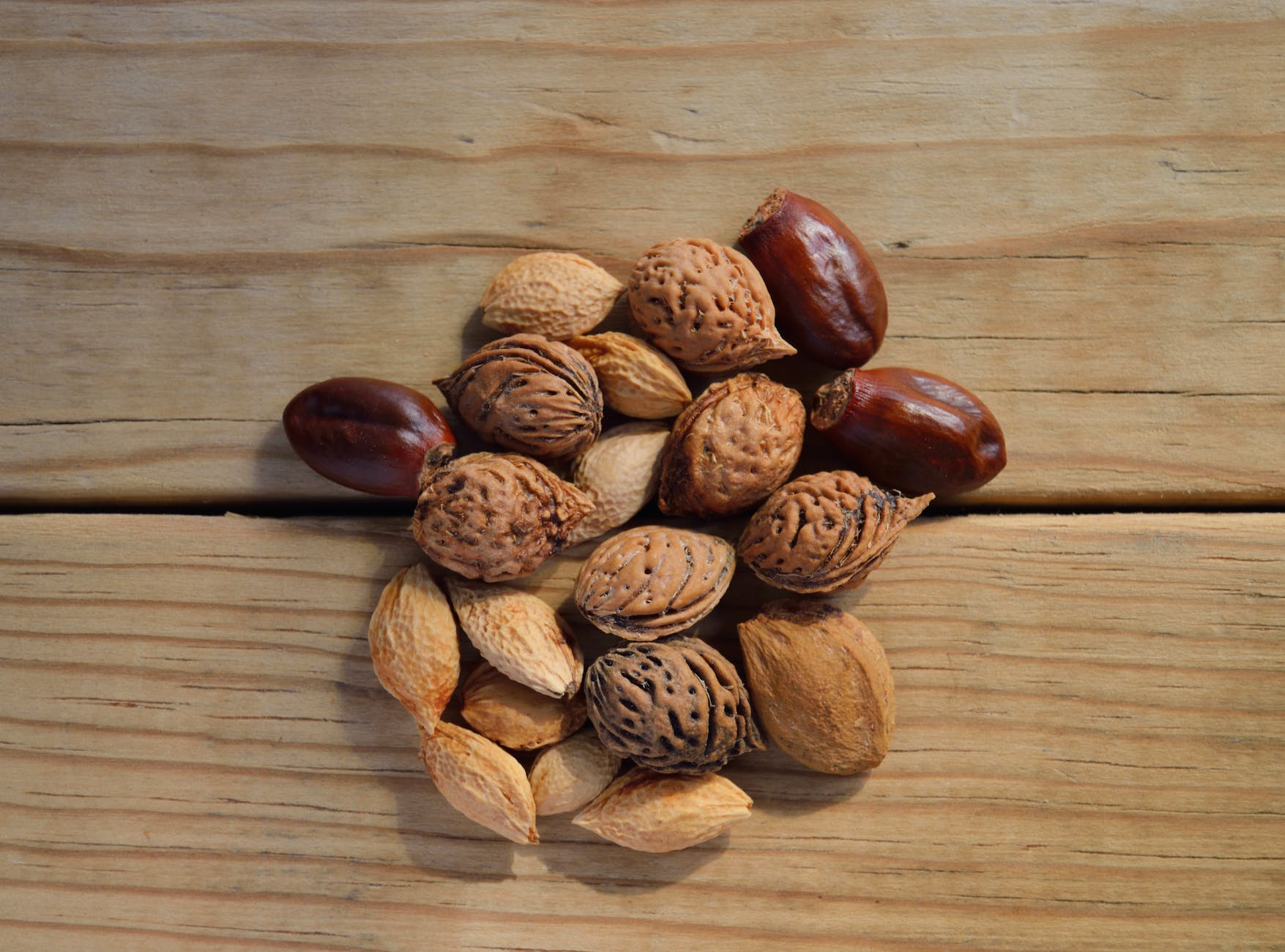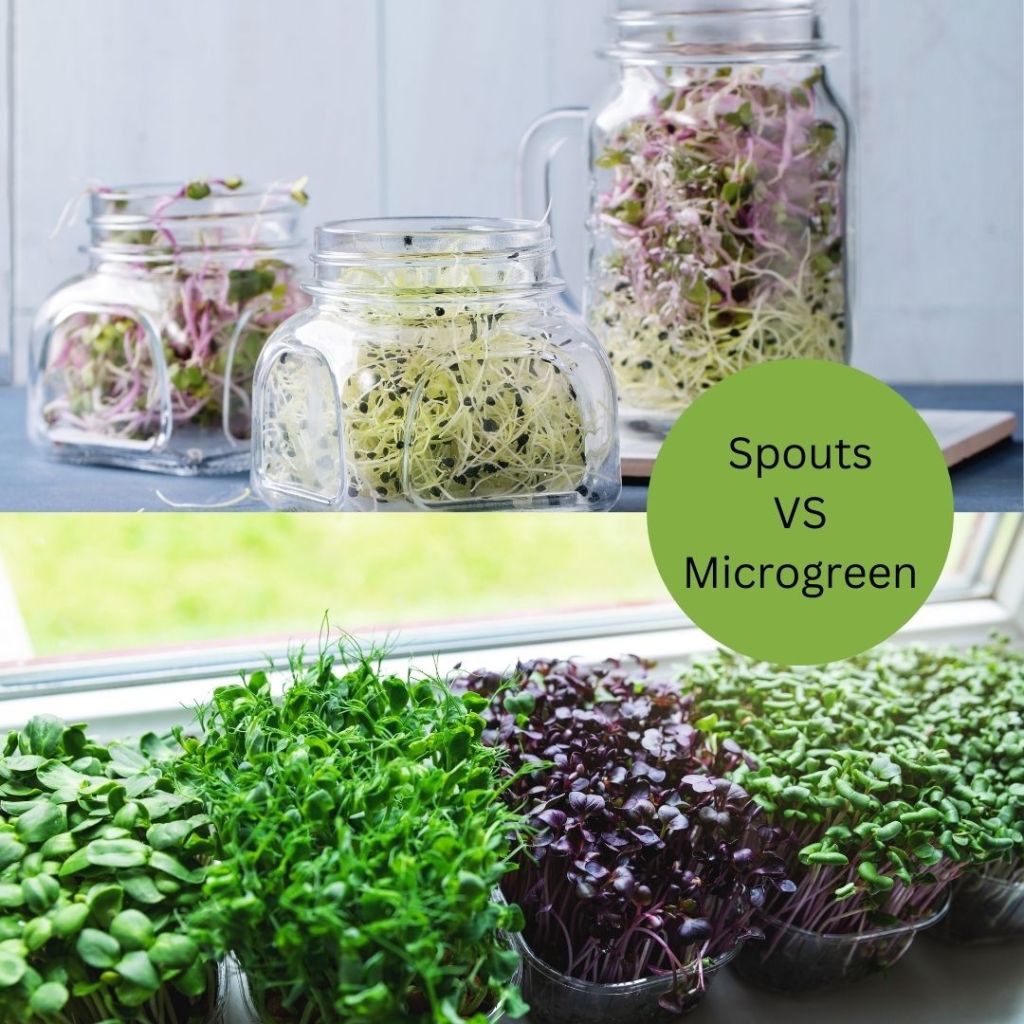
We’ve all been there before, feeling down and out because it’s cold outside and you’d rather be ANYWHERE than here. When it’s dark by 4 pm, and it feels like midnight by 8. The short days and long nights of winter can be a challenge.
But your diet has a LOT to do with how you feel! So beat the winter time blues by eating Great Food! You can turbo-charge your winter meals into mood boosting wonders. Let’s look at what seasonal foods and the best 8 seasonal foods to include in winter meal plans.
What are seasonal foods?
The simplest definition of “seasonal food” is the food that grows locally within a region and that becomes mature and available at different times of the year.
This means that foods considered “seasonal” in one location may be “out of season” some place else. So what does out of season mean? Well, these are foods that are imported into your region to meet supply and demand, even though those foods are not being produced locally.
For example, I live in the southern interior of British Columbia where it is already cold. There are no local salad greens being produced at this time of year. Salad greens are out of season here now. Everything in the stores have come from somewhere else – either hot house growers elsewhere in Canada or imported from California or other warm places. Salad greens are out of season for me right now.
8 Seasonal Foods to Include in Winter Meal Plans
For the colder regions of the world, winter seasonal foods typically fall into categories that reflect long-growing season crops that store really well.
1. Root Vegetables
Many roots and tubers can be stored for months at a time while maintaining their nutritional value. This makes them ideally suited for winter eating. Some good winter-storage roots include:
- Beets
- Carrots
- Potatoes
- Turnips
- Sweet Potatoes
- Yams

2. Winter Hardy Brassicas
Brassica family vegetables like broccoli are power-packed with nutrients. They contain large amounts of vitamins C, A, E and K. They are also good sources of calcium, iron and potassium.
More importantly, the Brassica vegetables contain ‘glycosylates’ which are found in no other fruits or vegetables. These sulphur-containing phytochemicals play an important role regulating inflammation and stress in the body. Some key winter-storing Brassicas include:
- Cabbage
- Kale
- Cauliflower
- Brussel sprouts
3. Winter squash
Winter squash is an excellent source of vitamins and minerals through the dark days of winter when many fruits are out of season. Properly cured and stored, winter squashes are loaded with Vitamins A and C that help keep your immune system running. Their edible seeds are also loaded with high quality fats. There are many shapes and sizes of winter squash to choose from including:
- Acorn
- Butternut
- Pumpkin
- Spagetti
- Delicata

4. Storage Alliums
Onions and garlic are staple foods in many beloved recipes. There are many types of onions that grow quickly and are eaten in the spring. Typically the sweeter the onion, the shorter its shelf life. But it’s the long-growing varieties that typically can be stored in a dry cool place all winter long.
Garlic comes in both hard-neck and soft-neck varieties. Properly cured, both types can store very well.
There are hundreds of storage allium varieties available. Some of my favorites include:
- Copra onion
- Yellow globe onion
- Redwing onion
- Russian red garlic
- Silver skin garlic
- Porcelain garlic
5. Nuts
Nuts are a classic winter food that are high in plant-based proteins, vitamins and minerals. They also contain unsaturated fats that can be helpful in maintaining healthy body weight. Nuts are usually gathered in the fall, cured and stored through the winter. Examples include:
- Hazelnuts
- Walnuts
- Pecans
- Chestnuts
[Note that peanuts are actually a legume that grows in the ground and almonds are surrounded by a flesh coating such that they don’t meet the botanical definition of being a true nut.]

6. Lean meats
While you may not immediately think of meat as a winter staple, historically hunting and butchering were often concentrated in the late fall and early winter, when the carcasses could be safely hung and cured for winter. Classic meats used for seasonal winter food include:
- Beef
- Pork
- Turkey
- Duck
- Deer
- Moose
7. Long-storing Fruits
Although most fruits have a very short shelf life, there are a few varieties that can keep well into December and beyond. In my region, these are mostly limited to late season apples and pears.
Naturally long-storing varieties include:
- Red or Yellow Delicious apple
- Granny Smith apple
- Bosc pear
- Anjou pear
8. Microgreens
The new kid on the block in terms of seasonal winter food, microgreens make the list because you can grow them any time of year in your very own kitchen. Microgreens are small dishes of seeds that you sprout and let grow to a few inches before harvesting. These tiny plants let you enjoy your favorite summer greens while not incurring the environmental costs of eating out-of-season plants shipped around the world. Some of my favorite microgreens include:
- Brassica mix (broccoli, radish, kale)
- Sunflowers
- Garden peas
- Herbs (basil, dill, chives)

Seasonal Eating To Beat The Winter Blues
Choosing foods that are naturally, historically, or able to be grown in your local area gives you the best match between high nutritional value and lowest environmental impact. While you CAN eat any food year round, the extensive damage to the planet caused by our current globalized food system is unstainable.
You can maximize your health by eating the nutrient-dense seasonal foods that have sustained people for hundreds of years. To learn more, check out The Benefits of Seasonal Food and Seasonal Eating (Shifting Your Relationship With Food) on my Substack newsletter: The Naturalized Human.



